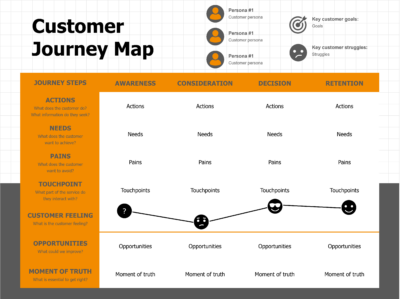The Future of Internet Search and Analytics
Emerging technologies like ChatGPT has recently taken the world by storm, challenging titans like Google and Microsoft with a new way of thinking in how we approach the Internet. While external discussions focused on the many potential negative implications of the tool to creative industries, many competitors have been internally discussing ways to integrate similar technologies with their own search engines. Although such technologies are commercially unproven, there are clear indicators that they could be a valuable addition to digital brand monitoring and analytics.
Over the last 10 years in particular, the internet has proved to be the dominant channel for advertising, yet very little has changed about the service at a fundamental level. The core approach has always been the same – if you want to search for something, you type out a few keywords about the topic into a search engine and hit go. Ads relevant to those keywords are displayed to the user and the brand is charged some expense for that exposure.
Part of the reason for the popularity of all these new tools like OpenAI’s ‘ChatGPT’ lies in their ability to not only understand but communicate back information to the user in full sentences. Simple, right? Well, this is quite a step up from previous search engines, both in technical complexity (i.e., analysing the contextual meaning of human sentences is no easy feat for AI), as well as usability, opening the door to more complex and rich search queries. These queries will likely contain valuable data that can be used to understand customers at a deeper level, with several potential applications to marketing and advertising.
Application 1: Optimised User Experiences
Recently, ChatGPT impressed Twitter by demonstrating that it could grasp a complex, highly technical problem with no prior training and explain it back in varying levels of simplicity at the touch of a button. This is a clear example of the reactivity of these tools, such that they’re able to refine what and how much information a particular user is exposed to.

Application 2: Customer Journey Mapping
Looking at these technologies from a brand development perspective also highlights the potential for customer persona development.
A clear benefit of language-based analytics data is the ability to monitor customer profiles and the changes over time. 
By understanding the consumer profile on a deeper level, brands can position themselves to explore their products and services on a much deeper level. A recent article published by Square Holes speaks to the value of customer journey mapping as a tool to understand and improve on the customer experience, and a large part of this comes down to the data these maps are built from. Analytics can tell a brand what customers are thinking, saying, feeling, and know about them and compare how these trends change over time as customers progress from initial brand awareness, to consideration and decision, and ultimately right through to the retention stage. In turn, this information can be used to identify areas for improvement and create a customer-centric strategy.
Application 3: Analytics Summary
The final application is the most direct, which is simplifying analytics through the use of ChatGPT. With so many metrics to choose from, it can often be hard knowing where to begin or what to prioritise your focus on. Being able to generate natural language explanations from live-updating analytics data would be a significant step towards increasing the accessibility of these tools which contain such valuable insights for marketing professionals.
While the rise of technologies like ChatGPT appears equally exciting as it does terrifying, the potential positive contributions it offers to marketing and analytics is significant and should not be ignored. By collecting richer, more varied data, language-based approaches to searches may reflect the next step forwards in how online advertising is done.




